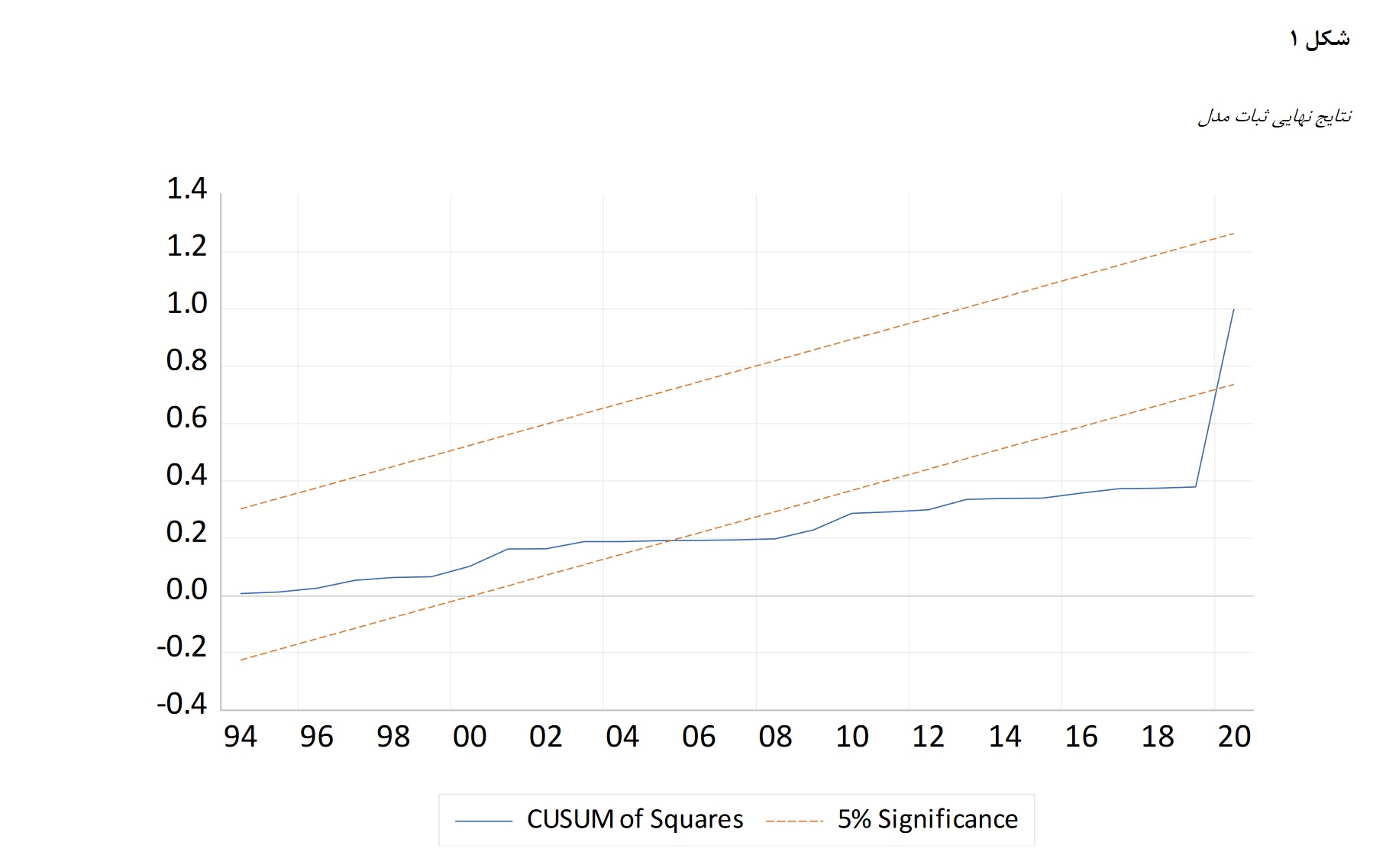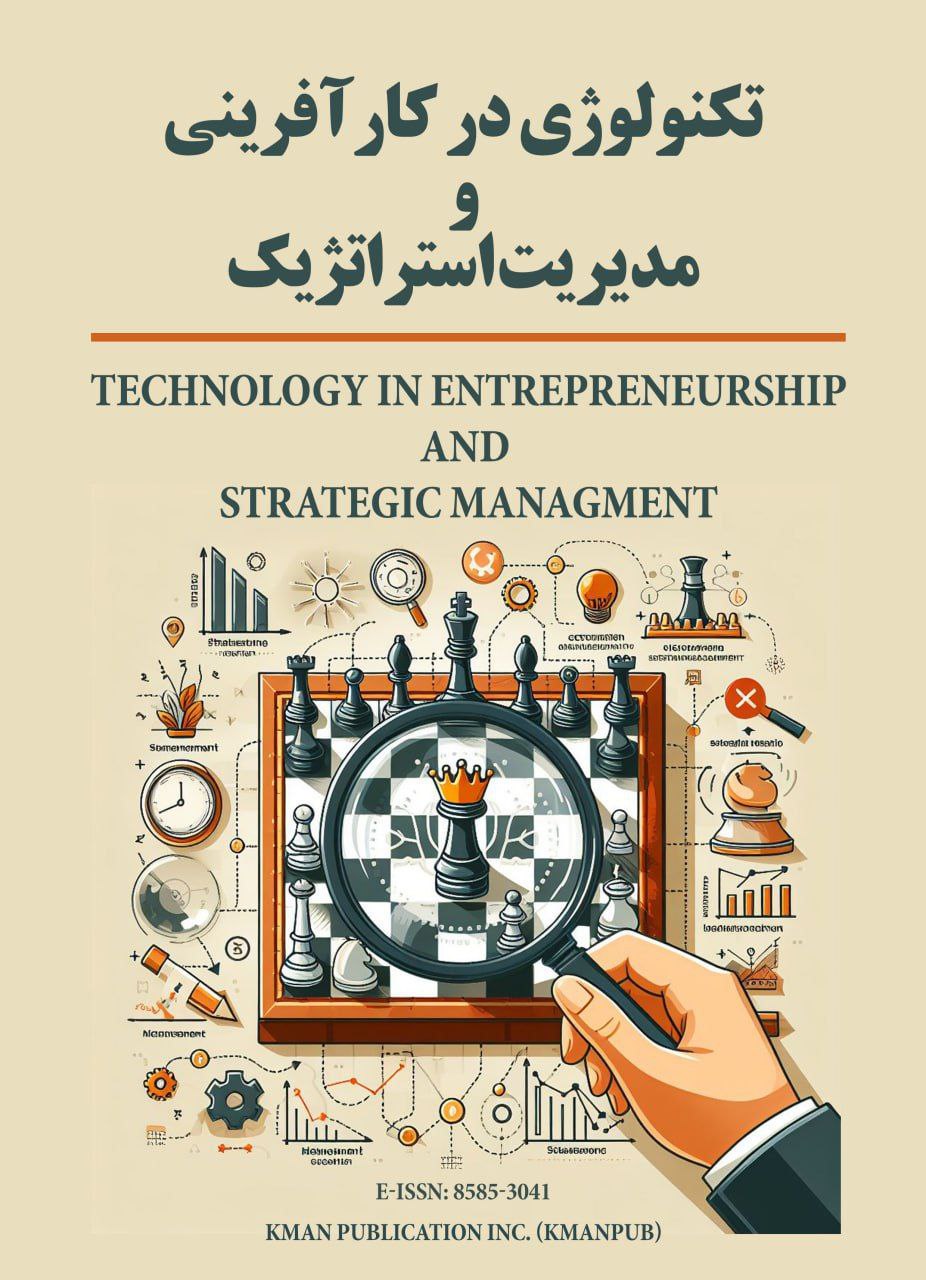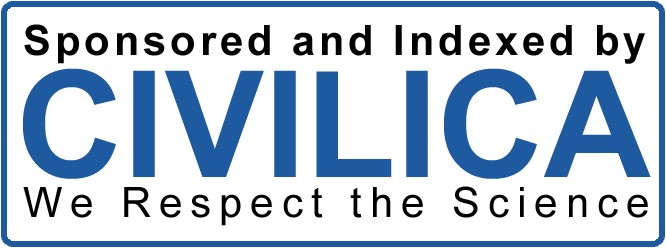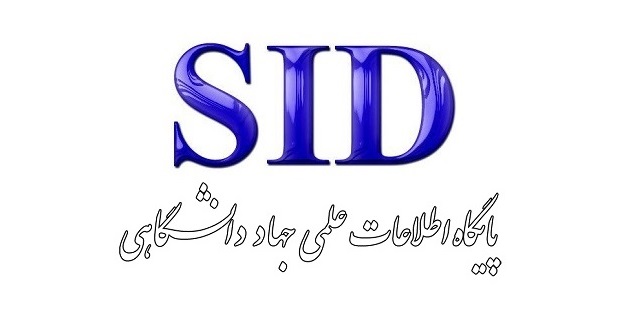The Effects of Monetary and Fiscal Policies on Environmental Pollutants in Iran: A Nonlinear Approach
Keywords:
monetary policies, financial policies, carbon dioxide, Iran, non-linear approachAbstract
Environmental quality is influenced by various factors, one of the significant factors is monetary and financial policies. Therefore, the present study deals with the effects of monetary and financial policies on environmental pollutants in Iran using a non-linear approach during the years 1980-2020. The results of the study show that in the short term of carbon dioxide emission in the previous period, the economic growth rate, the legal reserve rate and the ratio of taxes to GDP have a positive effect on the emission of environmental pollutants, and government spending has a negative effect on carbon dioxide emission. It has carbon. Non-linear effects of carbon dioxide emissions in the previous period, positive economic growth rate shock, positive economic growth rate shock in the previous period, negative economic growth rate shock in the previous period, positive government expenditure shock, negative government expenditure shock, negative legal reserve rate shock, The positive shock of the ratio of taxes to GDP and the negative shock of the ratio of taxes to GDP had a positive effect on carbon dioxide emissions, and the negative shock of government spending in the previous period and the negative shock of the legal reserve rate had a negative effect on carbon dioxide emissions in the short term. Is. In the long term, the emission of carbon dioxide pollutant in the previous period, the negative shock of the government expenditure in the previous period and the positive shock of the legal reserve rate had a negative effect on the emission of carbon dioxide, and the positive shock of the economic growth rate of the previous period, the negative shock of the economic growth rate, the negative shock of the rate Legal reserves, the positive shock of the ratio of taxes to GDP and the negative shock of the ratio of taxes to GDP have had a positive effect on the emission of carbon dioxide.
Downloads






















